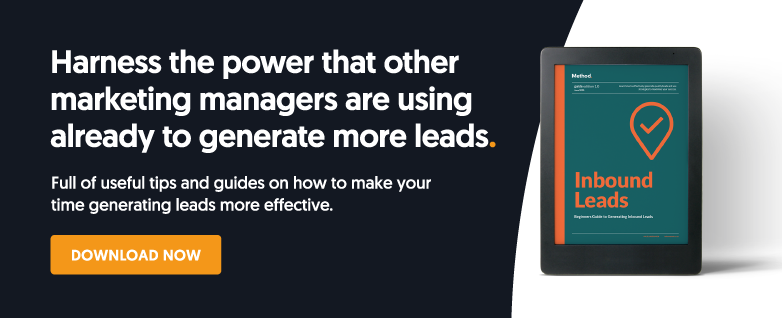Time is a precious commodity. Life online is hectic, to prioritise time-sensitive projects and maximise efficiency, effective time management and clear communication channels are imperative. Equally, working out times of the day when yourself and your team members are most productive is a key feature of effective time management.
Here at Method, we truly value and harness the power of flexible working. Some team members prefer not to be tied to the regular 9-5:30 office hours, flexibility with work hours suits those with a young family or when the unexpected pops up. Director and founder James bends his schedule around his family life so he can tackle emails when he gets up, then practice early morning yoga and do the school run before settling into the office.
Organisation, to-do lists, and prioritisation are skills that require attention and refinement. Essentially when mastered to perfection, optimised time management will mean you work better for less time, a perfect formula for professional success, enhancing performance and team morale.
Use the Covey Time Management Matrix
Time management is the key to personal productivity and the success of your business. The Covey Time Management Matrix is a framework tool used to prioritise time and tasks for optimised efficiency and productivity. Divided into four quadrants, each allotted segment has specific properties which allow users to organise tasks and responsibilities.
The quadrants are as follows:
Quadrant 1: Urgent and important
Quadrant 2: Not urgent yet important
Quadrant 3: Urgent but not important
Quadrant 4: Not urgent and not important
The Four Quadrants model prioritises tasks and responsibilities scheduled around urgency and importance. The Covey Time Management Matrix model's objective is to improve personal and professional relationships whilst simultaneously promoting growth. The more time invested in using Covey's matrix, the more familiar you will become with where assignments fit within each quadrant. This allows you to allocate your upcoming and outstanding jobs to their most fitting quadrant, so you will be able to review and reorganise where tasks should sit to help you maximise productivity through effective time management. Continue to review your matrix to ensure proceedings are running as smoothly as possible.
Harness the power of digital marketing
The main advantage of digital marketing is that a targeted audience can be reached cost-effectively and measurably. Offering a wealth of growth opportunities to businesses, leading to exposure and more sales, from lead generation to long-term brand awareness, digital marketing plays a vital role in today's fast-paced world because of the engagement it promotes. Brands can communicate with prospective leads and loyal clients through effective digital marketing solutions. Audiences can quickly lose interest in brands that are unreachable and unengaged. By appreciating the profound opportunities social media provides and managing that reach carefully, brands can build customer loyalty and create a reputation for being easy to connect with. Digital marketing software systems like HubSpot help streamline campaigns through digital and social media channels. This is important as it keeps your business high in search rankings.
Review, refine and improve
Your team should be your own worst critics. By targeting your weakest areas of practice, exposing inefficient processes, opportunities to deconstruct and rebuild more robust services are made possible. Try to view all internal and external functions from the perspective of a potential investor to remain subjective about progress. Maintain your focus on the brand's overall objectives and ultimate vision and map out each working process involved with your material and information flow to monetise your production efficiency. This will put you in a stronger position to identify and eliminate waste products prevalent within your business, this is becoming an increasingly important area of scrutinisation for consumers.
Eye up the competition
First, assess your competition and the best practices in your industry. Make sure you don't imitate other successful brands plans, borrow practical tactics to develop a strategy that will benefit your company. Assess how well your brand functions in direct correlation to competitors. Scrutinise performance gaps to pinpoint each and every area for development. Promote and facilitate a working culture of continuous improvement, rewarding every individual who takes the initiative to uphold this process. Every cog in the machine is equally responsible for the success of the whole working parts. Recognise breakthrough accomplishments which improve productivity.





